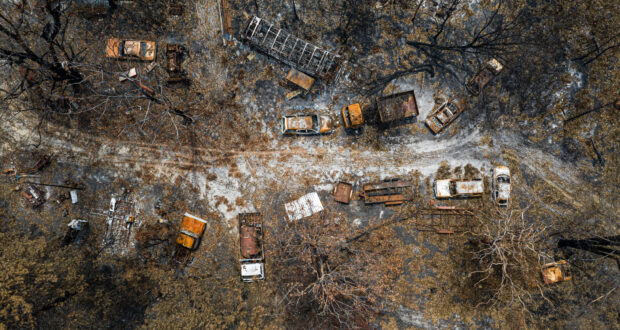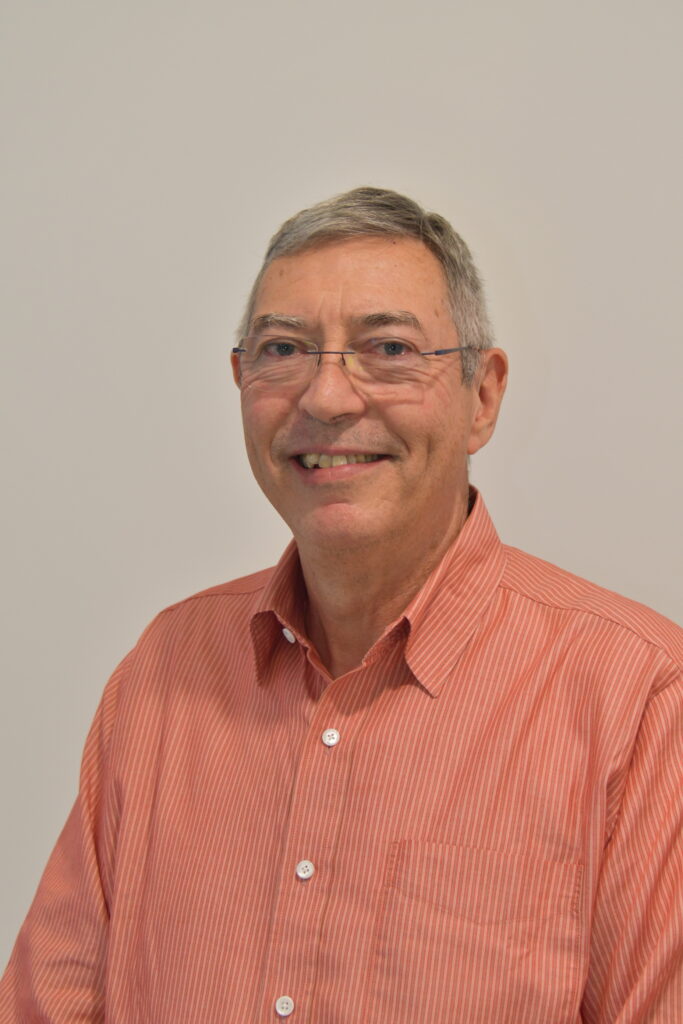With El Niño set to bring hotter weather to much of Australia this summer, we’re likely to spend more time inside seeking the relief of air-conditioning as temperatures soar.
We know that older people often suffer more seriously from heat stress and dehydration, so it is crucial indoor environments provide safety and protection from extreme weather events, including heat waves and bushfire smoke events.
While vaccines, surface and hand hygiene go some way in offering residential aged care residents, visitors, and staff protection against illness from 'sick air' (viruses, bacteria and mould), these measures will not provide adequate protection from other common indoor air pollutants, including toxic air (gases, smoke, fumes) and dirty air (particulates, dust, pollen), especially within most at-risk areas characterised by high footfall and low ventilation.
The risks of poor indoor air quality
According to the US Environmental Protection Agency, indoor air can be up to five times more polluted than outdoor air.
Aged care residents can spend up to 20 hours a day indoors, and they miss out on accessing the outdoors and the benefits of fresh air due to mobility limitations or security restrictions, such as within higher security dementia wards.
Opening windows is a great way to ventilate and often improve indoor air quality, but isn’t always practical due to temperature or outdoor contaminants.
Supplementary air filtration is especially useful under these conditions and can reduce the risk of infection.
During bushfires, periods of extreme heat or high pollen counts, windows may need to remain closed to shut out smoke and allergens to protect the respiratory health of residents.
The fine particulate from bushfire smoke is an under-appreciated health hazard – very often, we are aware of the tragic loss of life associated with the fire itself, but mortality from heart disease from the fine particulate is typically much greater.
The Australian Institute of Health and Welfare says older people are often more vulnerable to respiratory conditions and the effects of extreme heat, with heat waves associated with increased mortality and morbidity in people aged 65 years and above.
Air purification is, therefore, a crucial indoor air quality management tool in environments where residents congregate, where there is low ventilation, or where natural ventilation is not always possible.
How to improve indoor air quality in aged care environments
One of the easiest steps towards creating a safe indoor environment for both residents and their caregivers who live and work together in close quarters is to control indoor air quality with portable air purifiers fitted with a high-efficiency particulate air (HEPA) filter to help remove indoor air pollutants and allergens.
Recent research from CSIRO shows portable air purifiers fitted with HEPA filters can substantially improve indoor air quality during extreme smoke events.
It also protects against sick, dirty, and toxic air year-round and is an affordable and efficient way to protect your health while indoors.
State-of-the-art air purification devices can remove over 99.95 per cent of harmful airborne particles, including bacteria, viruses, mould, pollen, dust, allergens and smoke particles from indoor environments through powerful multi-layer HEPA filter.
Some also measure room humidity, temperature, and smoke levels in the air to give a real-time reading of the air quality in the space.
Beyond the product solution itself, considered placement and regular cleaning by trained technicians is needed to ensure the long-term efficacy and safety of air purifiers. This removes the burden on resources and staff, whose primary responsibility is to care for patients.
Providing skilled technicians on-site to place and position air purification devices ensures that multiple factors affecting indoor air quality are considered, such as natural ventilation, air conditioning, flow of air and breath zone, enabling the best health outcomes for aged care residents, staff, and visitors.
According to the World Health Organisation, with a high prevalence of comorbidity, the elderly are at significantly greater risk from airborne viruses, biological pathogens and other life-threatening conditions linked with indoor air pollution.
As Australia prepares for temperatures to soar and the increased risk of bushfire-induced smoke events, now is the time for aged care facility decision-makers to reflect on their current hygiene plan and incorporate crucial air hygiene measures for healthier and safer indoor environments this season.
Andrew Stone is the managing director Pacific Rentokil Initial, a leader in commercial air purifiers.
Brad Prezant is a public health scientist in the area of air quality assessment.
Email [email protected]
 Aged Care Insite Australia's number one aged care news source
Aged Care Insite Australia's number one aged care news source



